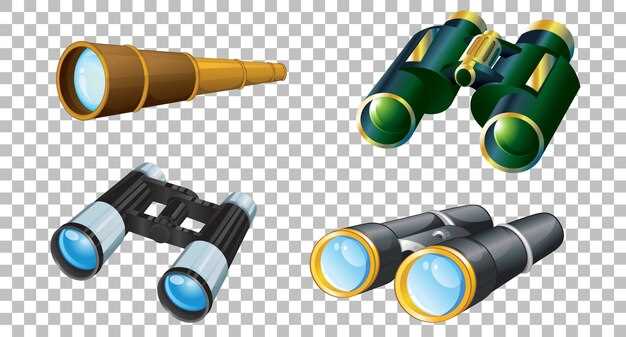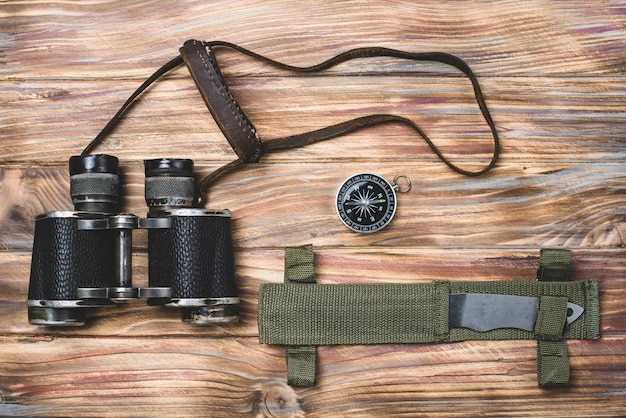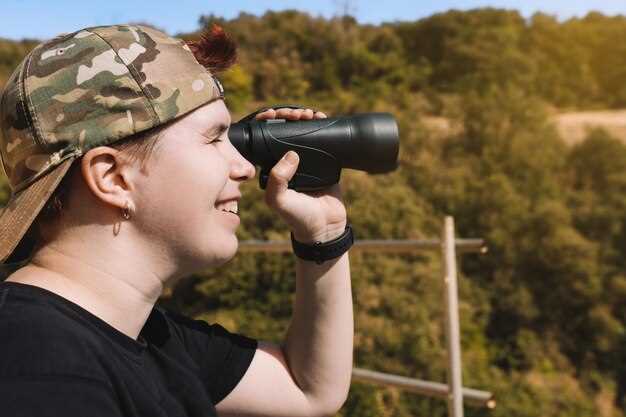Top Binoculars for Spotting Game at Long Range

When it comes to long range game spotting, having the right binoculars can make all the difference. The ability to clearly observe wildlife from a distance not only enhances your outdoor experience but also improves your chances of a successful outing. In the vast realm of optics, choosing the best binoculars tailored for spotting game is crucial.
High-quality binoculars offer sharp images, excellent light transmission, and a comfortable grip, all of which are essential factors for long hours of use in the field. Features such as magnification power, objective lens diameter, and field of view should be carefully considered to ensure that you select the model that best suits your specific spotting needs.
In this article, we will explore the top-rated binoculars designed for long range game spotting. From premium brands to budget-friendly options, we will analyze their key specifications, performance in the field, and overall user satisfaction. Whether you are a seasoned hunter or an enthusiastic wildlife observer, you will find valuable insights to help you make an informed choice in your binoculars selection.
Choosing the Right Magnification for Game Observation

When selecting binoculars for long-range game spotting, magnification plays a crucial role in determining the clarity and detail of your observations. Typically, magnification is denoted by the first number in the binocular specification, such as 8x or 10x. A higher magnification enables you to see distant animals more clearly, but it also presents challenges that hunters must consider.
For general game observation, a magnification between 8x and 10x is often recommended. This range strikes a balance between detail and stability. An 8x magnification offers a wider field of view, making it easier to track moving targets, while 10x provides enhanced detail for spotting distant animals. However, as magnification increases, the field of view narrows, and hand tremors can become more pronounced, resulting in a shaky image.
For those targeting specific species in open terrain, higher magnifications, such as 12x or 15x, may be advantageous. These levels allow for identifying features that are critical during hunts. Yet, they often require a steady grip or a tripod to avoid blurry images due to vibrations. Additionally, higher magnifications may reduce the brightness and clarity in low-light conditions, making them less effective during dawn or dusk, when many animals are most active.
Choosing the right magnification also depends on the environment. In dense forests or areas with obstructed views, lower magnifications are preferable, as they enhance your ability to scan larger areas quickly. Conversely, in open fields or mountainous terrains, higher magnifications can be beneficial for spotting elusive game from a distance.
Ultimately, the choice of magnification hinges on personal preference and hunting style. It’s essential to test various binoculars to determine which magnification best suits your needs for effective game observation and tracking.
Understanding Lens Coating and Light Transmission
When selecting binoculars for long-range game spotting, lens coating and light transmission are critical factors that significantly affect performance. The primary function of lens coatings is to reduce glare, improve light transmission, and enhance color fidelity. Understanding these coatings can help you choose binoculars that provide clear and bright images, even in low-light conditions.
There are several types of lens coatings, including fully coated, multi-coated, and fully multi-coated. Fully coated binoculars have a single layer of coating on all lenses, which helps improve light transmission. Multi-coated binoculars feature multiple coatings on one or more surfaces of the lenses, enhancing contrast and brightness. Fully multi-coated binoculars are the highest quality, with multiple coatings on all lens surfaces, offering superior light transmission and color accuracy.
Light transmission is a measure of how much light reaches your eyes through the binoculars. High-quality binoculars typically have a light transmission rate of 90% or higher. This means that they can effectively gather and transmit light, allowing you to spot game in low-light environments such as dawn or dusk. A good understanding of lens coatings and their impact on light transmission can help you select the right binoculars for your spotting needs.
In summary, choosing binoculars with the right lens coatings is essential for enhancing light transmission, resulting in brighter, clearer images. Understanding these aspects will ensure you make an informed decision when selecting binoculars for long-range game spotting, ultimately improving your outdoor experience.
Key Features to Look for in Durable Binoculars

When selecting binoculars for long-range game spotting, several crucial features ensure durability and effectiveness in the field. Understanding these characteristics can significantly enhance your stalking experience and improve your chances of observing wildlife undisturbed.
1. Robust Construction: Durability is paramount for binoculars used in rugged environments. Look for models that feature a weatherproof design, often achieved through nitrogen purging and O-ring sealing. This construction prevents fogging and water ingress, ensuring reliable performance in various weather conditions.
2. Quality Optical Components: High-quality glass and advanced coatings enhance light transmission and minimize distortion. Consider binoculars with fully multi-coated optics for clearer, brighter images that are essential for spotting game at long distances.
3. Armor Coating: A textured rubber armor coating provides a non-slip grip and protects the binoculars from impact and scratches. This feature is particularly valuable when navigating through rugged terrain or when the binoculars are accidentally dropped.
4. Lightweight and Ergonomic Design: While durability is important, the overall weight of the binoculars affects prolonged usage. Opt for a model that balances sturdiness and portability, ensuring comfort during long periods of spotting.
5. Magnification and Objective Lens Diameter: A higher magnification along with a larger objective lens gathers more light, resulting in sharper images. Aim for a magnification of at least 8x and an objective lens diameter of 42mm or greater for optimal hunting and game spotting capabilities.
6. Eye Relief: Adequate eye relief is essential, especially for users who wear glasses. Look for binoculars that provide at least 15mm of eye relief to ensure a full field of view and comfort during extended use.
By focusing on these key features, you can choose binoculars that not only withstand the rigors of outdoor use but also enhance your game spotting experience with superior optical performance and durability.


